Paraphimosis is a condition that occurs when the foreskin of the penis
becomes trapped behind the glans (head) of the penis and cannot be
returned to its normal position.
Call us to book an appointment with the best Urology specialist near you.
Paraphimosis is a medical condition that involves the entrapment of the foreskin behind the glans of the penis. It occurs when the foreskin is retracted and becomes stuck, resulting in swelling, pain, and potential complications. In this article, we will explore the causes, symptoms, and treatment options for paraphimosis, including both at-home remedies and medical interventions. Understanding this condition is crucial for prompt action and seeking appropriate care.
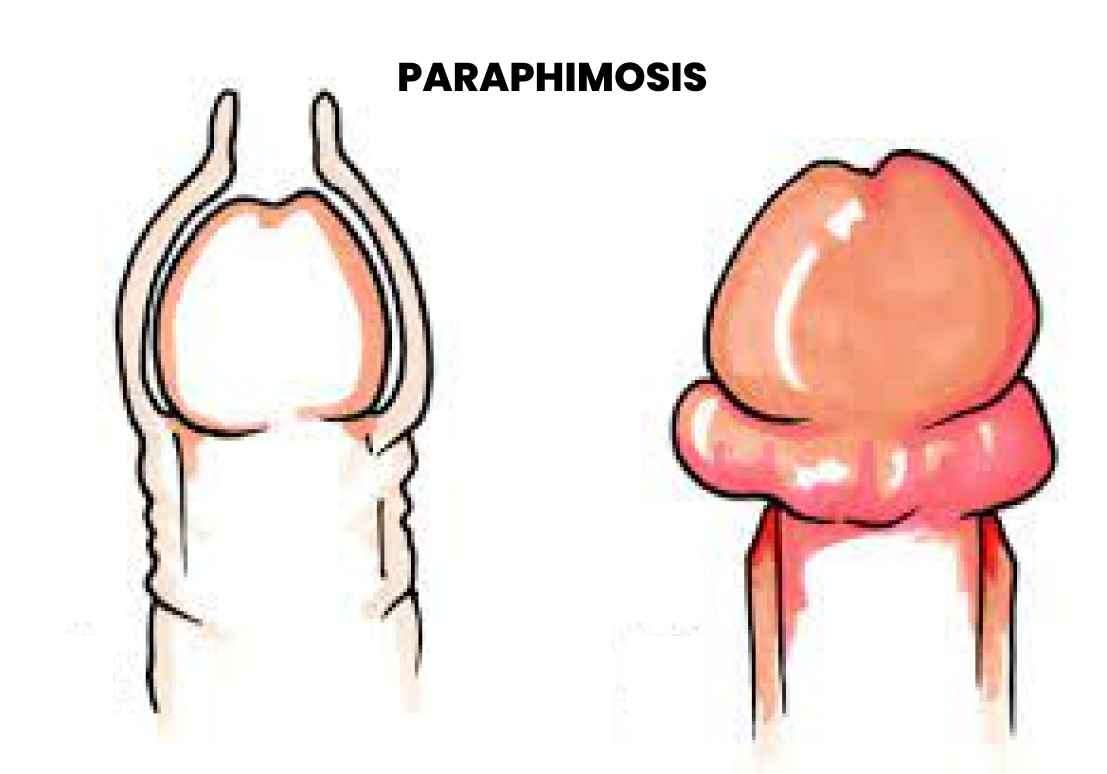
Paraphimosis is a medical condition that involves the entrapment of the foreskin behind the glans of the penis. It occurs when the foreskin is retracted and becomes stuck, resulting in swelling, pain, and potential complications. In this article, we will explore the causes, symptoms, and treatment options for paraphimosis, including both at-home remedies and medical interventions. Understanding this condition is crucial for prompt action and seeking appropriate care.
Before delving into paraphimosis, it's essential to understand its connection with phimosis. Phimosis refers to a condition in which the foreskin is too tight and cannot be retracted fully. If phimosis is left untreated or if attempts are made to forcibly retract the foreskin, it can lead to paraphimosis.
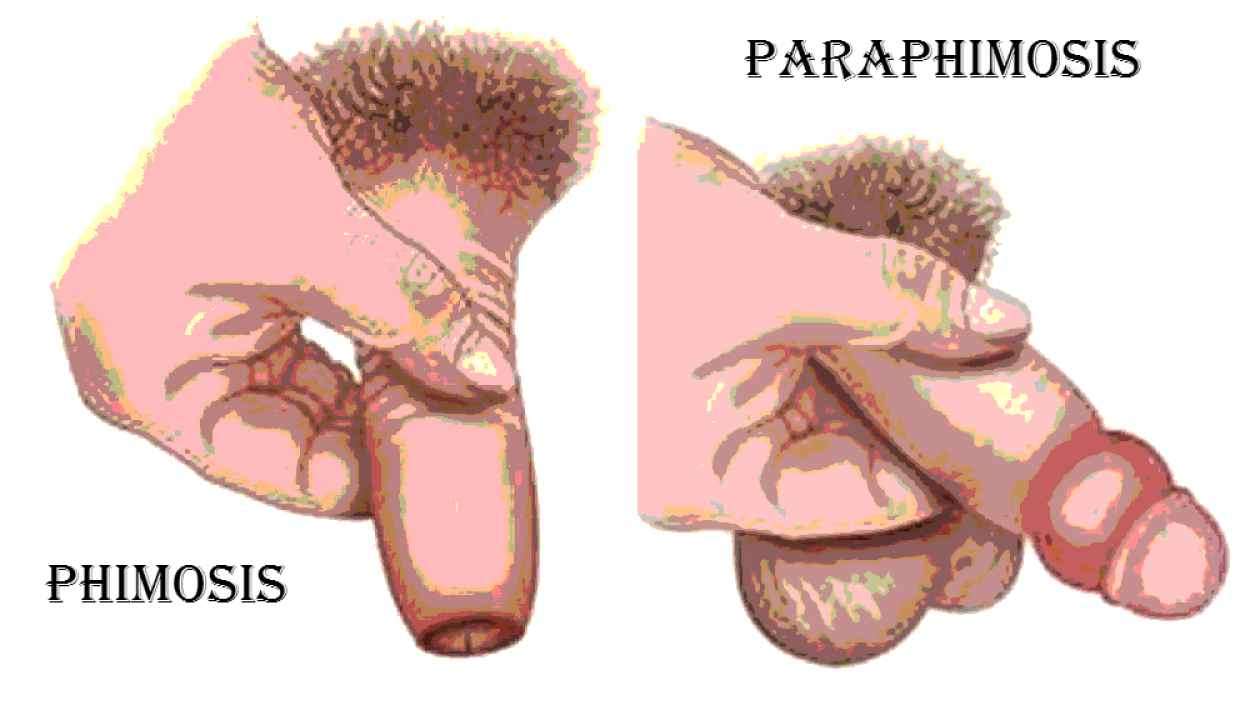
Before delving into paraphimosis, it's essential to understand its connection with phimosis. Phimosis refers to a condition in which the foreskin is too tight and cannot be retracted fully. If phimosis is left untreated or if attempts are made to forcibly retract the foreskin, it can lead to paraphimosis.
Paraphimosis can occur due to several factors, including: 1. Forced Retraction: Forcibly pulling back the foreskin in cases of phimosis can lead to paraphimosis, as it becomes difficult to return the foreskin to its original position. 2. Medical Procedures: Paraphimosis can sometimes develop after medical procedures, such as catheterization or examination of the genital area, if the foreskin is not properly returned to its normal position.

Paraphimosis can occur due to several factors, including:
1. Forced Retraction: Forcibly pulling back the foreskin in cases of phimosis can lead to paraphimosis, as it becomes difficult to return the foreskin to its original position.
2. Medical Procedures: Paraphimosis can sometimes develop after medical procedures, such as catheterization or examination of the genital area, if the foreskin is not properly returned to its normal position.
Paraphimosis is characterized by specific symptoms, including: 1. Swelling and pain in the glans and foreskin area. 2. Inability to return the foreskin to its original position. 3. Discoloration of the affected area. 4. Restricted blood flow to the glans, leading to potential complications.
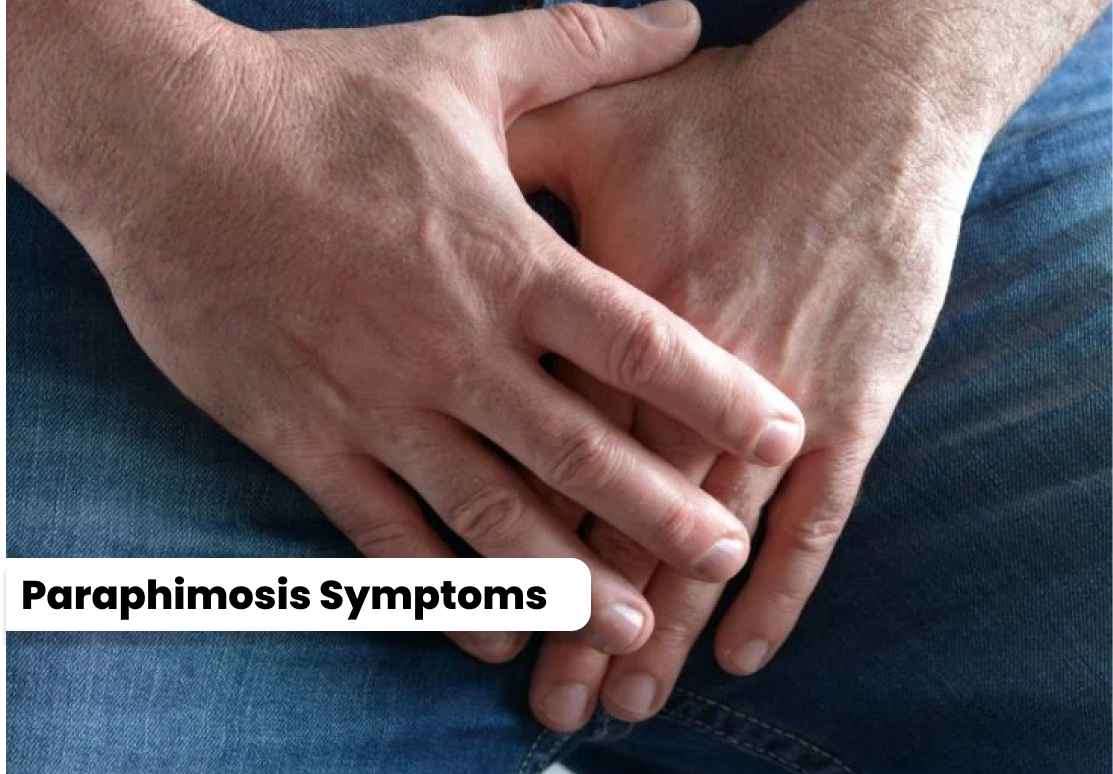
Paraphimosis is characterized by specific symptoms, including:
1. Swelling and pain in the glans and foreskin area.
2. Inability to return the foreskin to its original position.
3. Discoloration of the affected area.
4. Restricted blood flow to the glans, leading to potential complications.
Acute paraphimosis refers to a severe case of paraphimosis that requires immediate medical attention. It is considered a medical emergency due to the potential risk of reduced blood flow to the glans, which can result in tissue damage or necrosis.
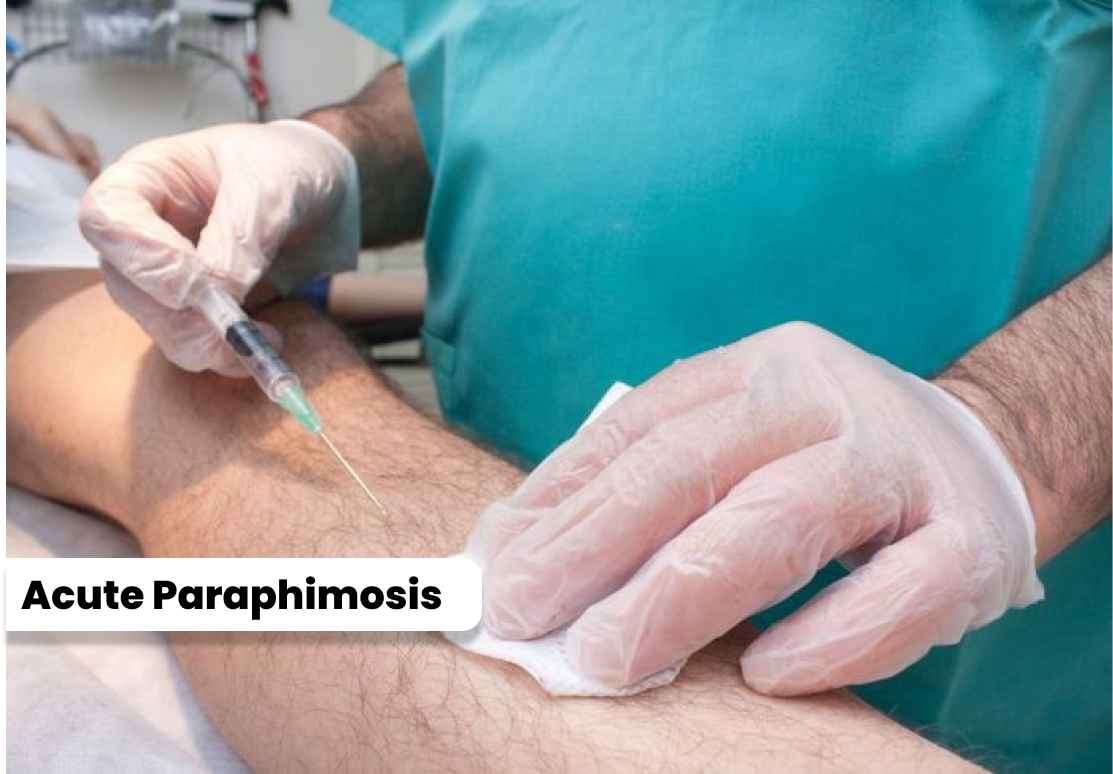
Acute paraphimosis refers to a severe case of paraphimosis that requires immediate medical attention. It is considered a medical emergency due to the potential risk of reduced blood flow to the glans, which can result in tissue damage or necrosis.
Prompt treatment is essential for paraphimosis to prevent complications. Treatment options may include: 1. At-Home Remedies: In cases of mild paraphimosis without compromised blood flow, several at-home measures can be attempted under medical guidance, such as gently squeezing the glans to reduce swelling or applying ice packs to the area. 2. Medical Interventions: If at-home remedies do not alleviate the condition or if there is a risk of compromised blood flow, medical interventions may be necessary. These can include: a. Manual Reduction: A healthcare professional can manually reduce the paraphimosis by applying gentle pressure to the glans while simultaneously pushing the foreskin forward. b. Paraphimosis Surgery: In severe or recurrent cases of paraphimosis, a minor surgical procedure, such as a dorsal slit or circumcision, may be recommended to alleviate the condition and prevent future occurrences. 3. Medications: Depending on the severity and underlying causes, topical corticosteroids or antibiotics may be prescribed to reduce inflammation and prevent infection.

Prompt treatment is essential for paraphimosis to prevent complications. Treatment options may include:
1. At-Home Remedies: In cases of mild paraphimosis without compromised blood flow, several at-home measures can be attempted under medical guidance, such as gently squeezing the glans to reduce swelling or applying ice packs to the area.
2. Medical Interventions: If at-home remedies do not alleviate the condition or if there is a risk of compromised blood flow, medical interventions may be necessary. These can include:
a. Manual Reduction: A healthcare professional can manually reduce the paraphimosis by applying gentle pressure to the glans while simultaneously pushing the foreskin forward.
b. Paraphimosis Surgery: In severe or recurrent cases of paraphimosis, a minor surgical procedure, such as a dorsal slit or circumcision, may be recommended to alleviate the condition and prevent future occurrences.
3. Medications: Depending on the severity and underlying causes, topical corticosteroids or antibiotics may be prescribed to reduce inflammation and prevent infection.
Reducing swelling in paraphimosis is crucial for relieving symptoms and restoring proper blood flow. This can be achieved through the following measures: 1. Gently compressing the glans to reduce swelling. 2. Applying ice packs wrapped in a cloth to the affected area for short periods to reduce inflammation. 3. Elevating the penis to encourage drainage of excess fluid.
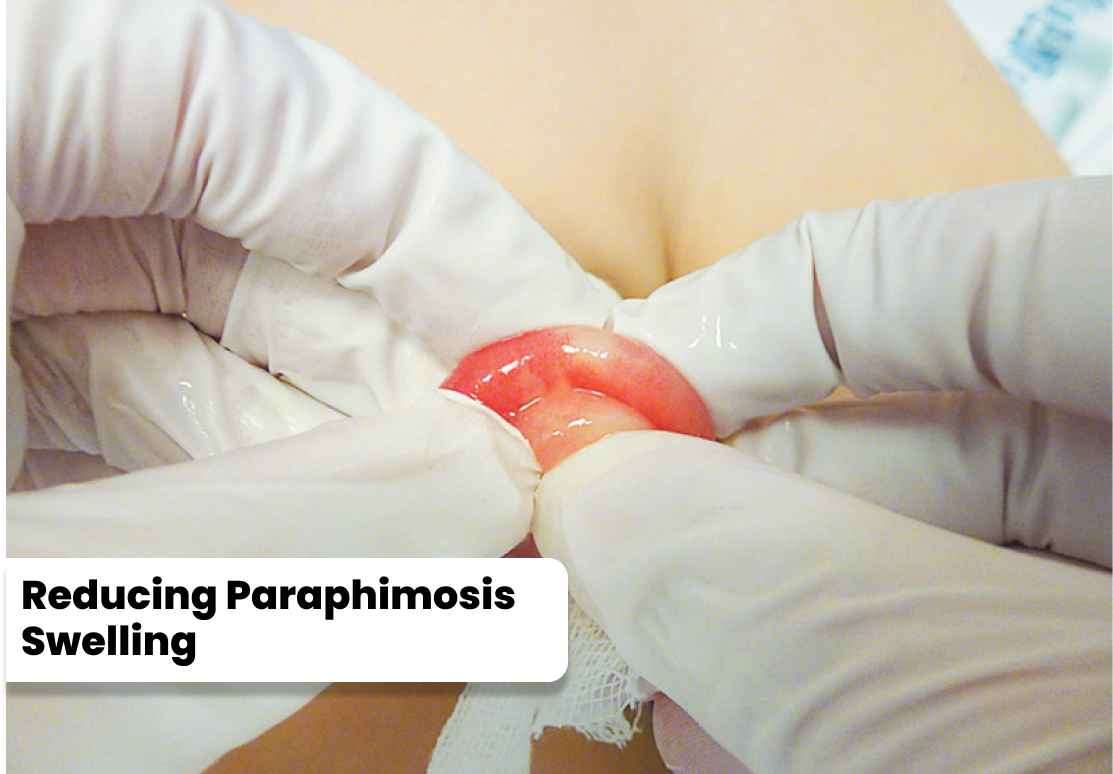
Reducing swelling in paraphimosis is crucial for relieving symptoms and restoring proper blood flow. This can be achieved through the following measures:
1. Gently compressing the glans to reduce swelling.
2. Applying ice packs wrapped in a cloth to the affected area for short periods to reduce inflammation.
3. Elevating the penis to encourage drainage of excess fluid.
The cost of paraphimosis treatment can vary depending on factors such as the severity of the condition, the specific treatment method employed, and the healthcare provider or facility. It is advisable to consult with a healthcare professional or your healthcare provider to obtain accurate information regarding the cost of treatment.
|
Serial No |
City |
Minimum Cost (INR) |
Average Cost (INR) |
|
1 |
Mumbai |
10,000 |
30,000 |
|
2 |
Delhi |
8,000 |
25,000 |
|
3 |
Bangalore |
7,000 |
22,000 |
|
4 |
Chennai |
6,000 |
20,000 |
|
5 |
Kolkata |
5,000 |
18,000 |
|
6 |
Hyderabad |
5,000 |
18,000 |
|
7 |
Pune |
4,000 |
15,000 |
|
8 |
Ahmedabad |
4,000 |
15,000 |
|
9 |
Jaipur |
3,000 |
12,000 |
|
10 |
Chandigarh |
3,000 |
12,000 |
|
11 |
Lucknow |
2,500 |
10,000 |
|
12 |
Indore |
2,500 |
10,000 |
|
13 |
Kochi |
2,000 |
8,000 |
|
14 |
Coimbatore |
2,000 |
8,000 |
|
15 |
Bhopal |
1,500 |
6,000 |
|
16 |
Nagpur |
1,500 |
6,000 |
|
17 |
Goa |
1,200 |
4,500 |
|
18 |
Mangalore |
1,200 |
4,500 |
|
19 |
Trivandrum |
1,000 |
4,000 |
|
20 |
Guwahati |
1,000 |
4,000 |
|
Serial No |
Hospital Name |
City |
Contact Number |
|
1 |
All India Institute of Medical Sciences (AIIMS) |
Multiple Cities |
+91-11-26588500 |
|
2 |
Safdarjung Hospital |
Delhi |
+91-11-2673-0000 |
|
3 |
Post Graduate Institute of Medical Education and Research |
Chandigarh |
+91-172-275-6565 |
|
4 |
Government Medical College and Hospital (GMCH) |
Nagpur |
+91-712-270-1646 |
|
5 |
King George's Medical University (KGMU) |
Lucknow |
+91-522-2257450 |
|
6 |
Madras Medical College |
Chennai |
+91-44-2530-5000 |
|
7 |
Institute of Postgraduate Medical Education and Research |
Kolkata |
+91-33-2204-1000 |
|
8 |
SMS Medical College |
Jaipur |
+91-141-251-8121 |
|
9 |
Government General Hospital |
Vijayawada |
+91-866-257-6000 |
Please Wait..